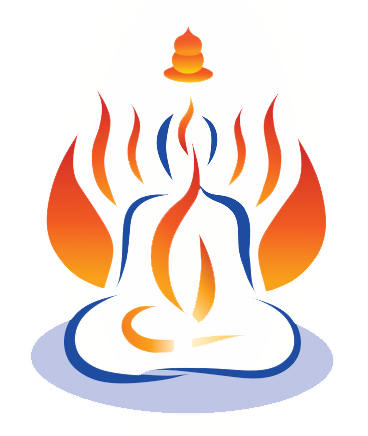This year’s weekly study begins with a two-part Dharma and meditation series on “The Witness,” very significant and timely teaching by Meditation Master Mark Griffin. Mark explains:
“Simply put, the Witness is a form of consciousness wherein consciousness observes or perceives consciousness. It is what we would consider fundamental consciousness expressing itself through the formation of consciousness that we call the Mind…”
As we deepen our practice this month, we turn to the Upayas. Known as the Means to Liberation, they are the methods or skill-sets used to move individual consciousness to Universal Awareness. The first of the Upayas is Anava Upaya. It is the Individual or Embodied Means. This encompasses the skill-set of personal effort, which we often think of as the practices of sadhana–our daily practice of Pratyahara, raising Bodhicitta, meditation, etc. This month, though, we focus on the second Upaya, Shakta Upaya, also known as Jñana Upaya. Shakti translates as power and Jñana as knowledge. It is the path to realization that employs the power of knowledge and uses the mind’s sword to cut through illusion to perceive Reality. One of its techniques is the Witness. While this is a level of attention that we can attain most easily in meditation, it is not confined simply to meditation practice.
In fact, the Witness is less a practice than a recognition of the Awareness that is always present and operating within us, whether we are conscious of it or not. Bringing the Witness into consciousness begins to change our relationship to reality and quicken our path to Awakening. Once we touch it, we can tune into it whether we are in meditation or not.
How do we come to an awareness of the Witness? Through the mind, through the power of knowledge. We can begin in meditation, of course, since that is where we reduce external distraction down to a minimum and look within. Finding the Witness can be a process of working backward, from one level of attention into that which underlies it. For example, as you sit in meditation, you can begin by simply tuning into the sensations you feel: your clothes against your skin, the sounds you hear in the distance or smells wafting in the air. As you notice these sensations, ask yourself, “Who is it that perceives these sensations?”
Do you notice emotions coming up? A sense of joy at a birdsong you might hear or a grumble of frustration at a work situation. Maybe excitement for an upcoming event or opportunity. Again, who is experiencing these emotions? Who is aware of these emotions? Likewise, as you notice passing thoughts, ask yourself, “Who is the perceiver of these thoughts? What is it that perceives?” Even dreaming at night…who dreams and who remembers the dream when you awake? What part of yourself knows you were sleeping?
Through these means, we progressively peel back the layers of our awareness, like skinning an onion. With each question, we approach the Witness, that “form of consciousness wherein consciousness observes or perceives consciousness.” Or, as the Sages have said: “The Self is the Witness of the Mind.” By connecting to the Witness, we are coming closer to the Infinite Self. Attuning to the Witness is not so much a technical practice, but instead a subtle practice of mind–a shift of our assemblage point. Using the Witness as our point of assemblage draws us into a mental shift that reveals the Mind to Itself, even amid everyday activity.
In the Vijñaya-bhairava-tantra, or “Scripture of the Wisdom-Bhairava,” a wonderful text from the Kashmir Shaivism school of philosophy, Verse 118 from this collection of short sutras reads:
“In stupor, anxiety, extreme feelings, at the edge of a precipice, running from the battlefield, in hunger or terror, or even when you sneeze, the formless essence of your Mind can be seized.”
Join us online Thursday, January 21st and 28th from 7:30-9:00 PM (PST) for The Witness Part 1 & 2. Each of Mark Griffin’s archival Dharma discussions is followed by meditation. We look forward to seeing you!
This material first appeared in the Hard Light Center’s “Deepen Your Practice” Series. Special thanks to PodPublishing for their instrumental role in producing this material!

